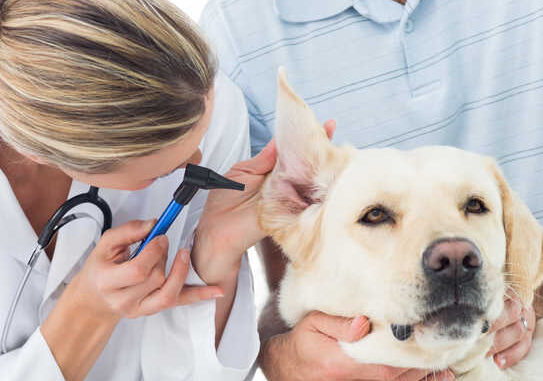
This article was updated on November 17th, 2023

Most of us have a special affection for our dog’s ears. They’re velvety soft and either short and perky or long and floppy. They’re also capable of showing up with red spots, bumps, or pimples that may have you searching for a cause and cure.
We’ll go over common cause, review what you can do to help your dog at home, and when to seek veterinary help.
6 Common Causes of ‘Red’ Dog Ears
Red spots, bumps and rashes in a dog’s ear can come from different sources, including:
1. Skin inflammation (dermatitis)
Dermatitis is simply an inflammation of the skin. It can happen because of a contact with chemicals, allergens, other irritants, or because of an infection. Pictured below is an example of dermatitis causing redness in a German Shepherd’s ear:
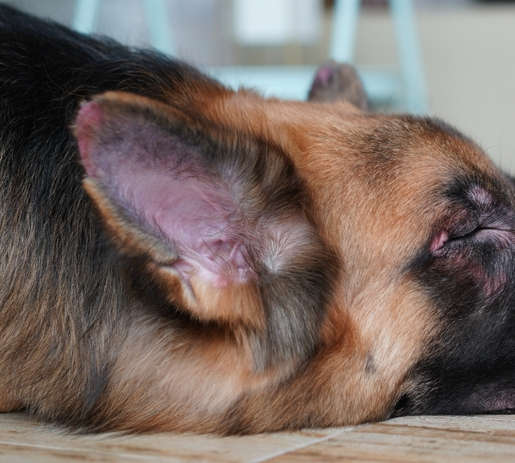
How dermatitis causes red ears: Dermatitis can lead to redness, bumps, pimples, itchiness, and even pain in dogs’ ears. These red bumps may ooze or bleed, especially if a dog is scratching them.
How do you know if your dog has dermatitis: Dermatitis often won’t be found in the ears alone, especially if your dog is itchy: you may also notice redness, bumps, and even swelling on the face, feet and other parts of the body. Excessive scratching can worsen the effects of dermatitis quickly, leading to more redness or swelling. Dermatitis can show up overnight, or happens seasonally, like when plants are blooming.
How to treat: The best way to treat dermatitis is to remove the irritant by cleaning with a mild soap and water. Occasionally, anti-inflammatories and anti-histamines may be needed. If you’re dealing with an infection, antibiotics may be necessary as well.
2. Allergies
Allergies can cause a rash on ears and ear infections in the ear canal, as shown on the image below.
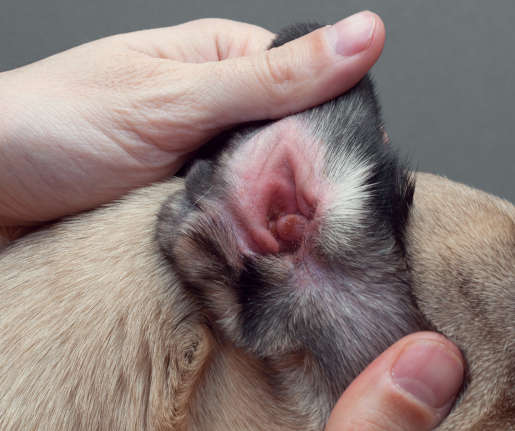
How allergies cause red ears: Ear infections as a result of allergies can be very uncomfortable to the point that a dog will shake their head and scratch their ears, leading to red spots, bumps, and pimples.
How do you know if your dog has allergies: Allergies may also present skin issues in other places, such as the belly, groin, feet, or other parts of the face, as featured on the 4 images below:
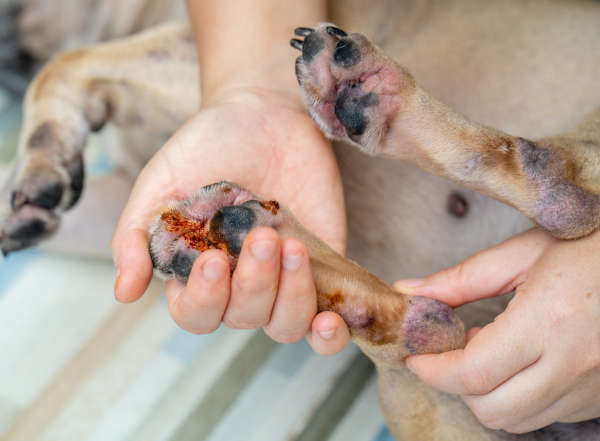
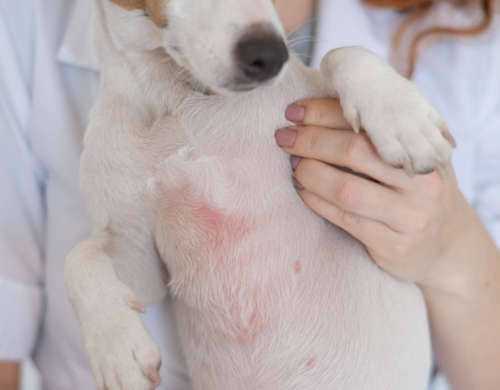
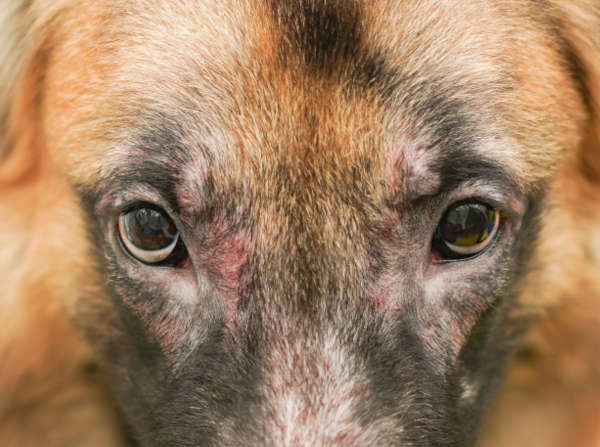

How to treat: Allergies are best treated by finding the culprit and removing it from a dog’s food or environment. When this can’t be done, anti-inflammatories, antihistamines, or immune mediators may be needed.
Learn more about Allergy Rashes or Bumps.
3. Ear Infections
The ear canal is the perfect combination of warmth and darkness. When a little moisture is added, such as after a bath or swim, you have grounds for bacteria and yeast to thrive. Infections can also result in redness inside the ears.
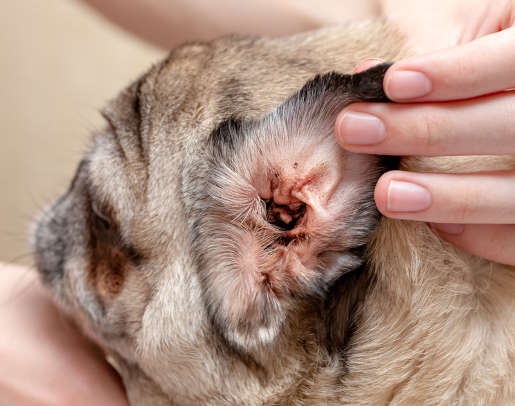
How do you know if your dog’s red ear is due to an infection: With ear infections, you will probably also see a dark, greasy discharge down inside the ear canal. Ear infections will be very irritating, causing your dog to scratch at the ears, shake their head and even tilt their head to one side. You may also notice an odor coming from the ear.
How to treat: Ear infections require cleaning and drying of the ear canal with an ear cleaning solution and often need application of antibiotic or antifungal medications from your veterinarian. Severe infections may require oral medications as well.
Learn more about Ear Infections: Pictures, Diagnosis, Treatments.
4. Parasites
Mites, fleas and other parasites can cause red bumps or pimples on a dog’s ears.
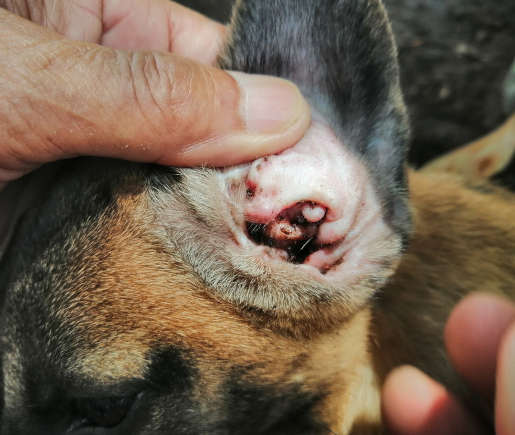
How do you know if your dog has parasites in their ears:
- Ear mites are extremely itchy: what you’ll see is a dog that can’t stop shaking their head or scratching their ears. You’ll also see a dark, chunky discharge similar to coffee grounds down in the ear canal. See pictures of ear mites in dogs.
- Dogs that have mites, fleas, or mange will have red bumps, mostly on the ear flap, that may be itchy and oozy, and will typically affect other parts of the body and face as well.
How parasites cause red bumps or pimples in ears: Ear mites live in the ear canal, mange lives in skin, fleas and ticks live on the skin, and insects can bite or sting the ears. Each one is capable of creating red bumps, pimples, or a red rash that can be very itchy, swollen, oozy, or become infected.
How to treat: Your vet will need to diagnose which type of parasite is plaguing your pup and prescribe treatment based on that.
5. Foreign Objects
Grass seeds, bugs, loose hairs, and dirt often get down into the ear canal, and, as you can imagine, create an uncomfortable mess.
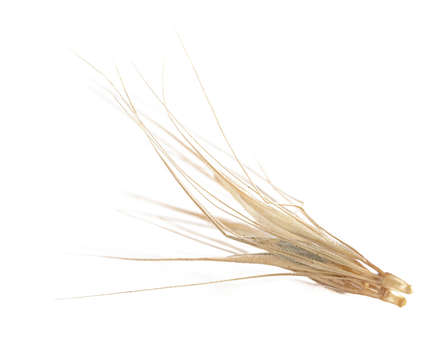
How do you know if your dog has red ear issues due to a foreign object: Your dog’s lifestyle may clue you into this one. If you have a pup that is constantly running through the grass, or sticking their head into weeds and other vegetation, their red ears may be due to a foreign object.
Foreign objects are often irritating, causing a dog to shake their head and scratch nearly uncontrollably.
How this can cause red spots or pimples: Foreign objects cause lots of head shaking and scratching which can create red spots or pimples on a dog’s ear.
How to treat: Your vet will need to use an otoscope to look down into the ear canal to determine what’s going on. Foreign objects need to be removed, which often requires sedation. Similar to a foreign object, a mass in the ear canal can create similar signs and also require removal.
6. Ear (Aural) Hematoma
What it looks like: All of the other causes listed in our article end up creating small, often multiple red spots, bumps or pimples in a dog’s ear. Here’s one that usually only causes one, often large, red bump-an aural hematoma.
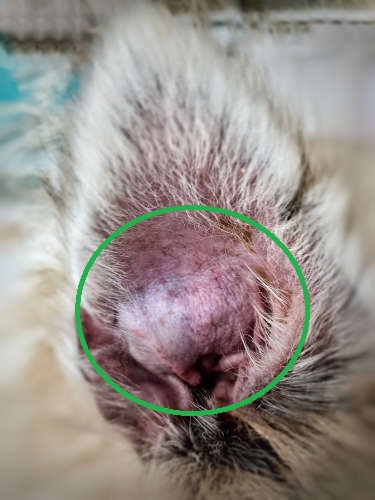
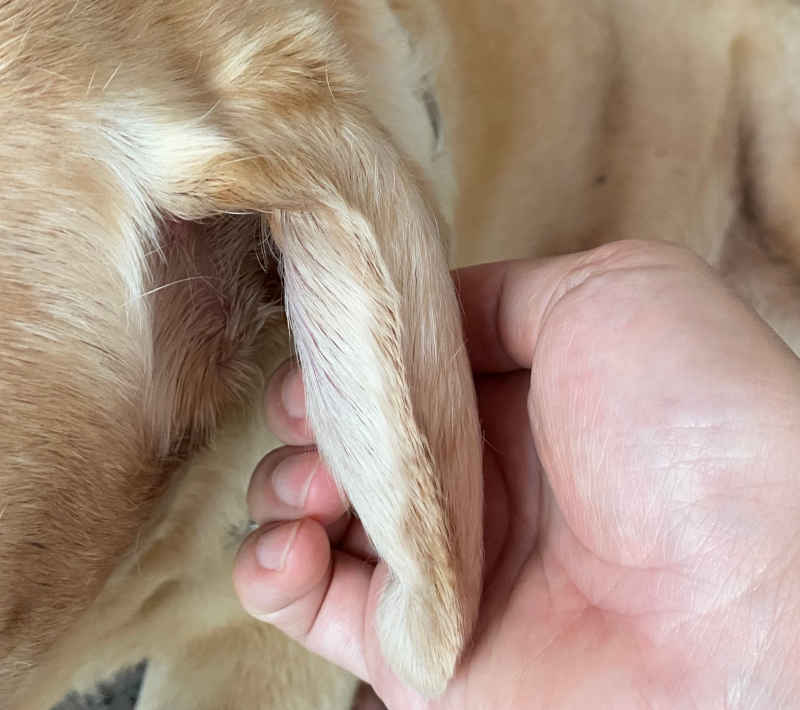
How do you know if your dog has an ear hematoma: These are often hard to miss because they are usually quite large, quite painful, and quite warm to the touch. Your pup may shake and scratch at their ears and then whine or cry out because it hurts. When you look at the ear, you’ll see a large swelling that will feel squishy and warm, and your dog won’t like you touching it.
Aural hematomas are pockets of blood that form between the cartilage and the skin of a dog’s ear. They are most often caused by trauma from a bite or from furious head shaking due to an infection or irritation.
Aural hematomas need to be addressed by a veterinarian. There are multiple treatments and procedures available to help.
Learn more about Ear Hematomas.
Veterinarian Tip: The most important part of treating an aural hematoma is treating the underlying cause.
Home Remedies (First-Aid)
If you’ve just noticed a red rash or some red spots or bumps on your dog’s ears, you may try some treatments at home first:
Clean your dog’s ears gently: if your dog doesn’t seem particularly uncomfortable with a lot of scratching, head shaking, or rubbing their ears, you can start by cleaning the pinna with a mild soap and warm water or an ear cleaning solution. Be sure to dry the ear well and prevent water from going down the ear canal by plugging it with a cotton ball.
If the problem seems to be coming from the ear canal, you’ll want to have a veterinarian check the ear drum before trying to clean the canal. Don’t apply any ointments or creams unless this is a problem your dog has had before and you have a current prescription.
If your dog has a mild ear infection, take a look at our best Home Remedies for Mild Ear Infections.
Read our article about: Dog Shaking Head – But Ears Are Clean.
When to Call a Veterinarian About a Red Rash or Red Bumps Inside a Dog’s Ears
With a long list of possible causes for red spots, rashes, and pimples on a dog’s ears, it’s important to get a veterinary diagnosis before starting any treatment. This is especially true if you notice any other signs such as:
- Excessive head shaking, ear scratching, or a head tilt
- Discharge or an odor from the ear
- Bleeding or oozing from the rash
- Pain and discomfort
- A large, hot swelling
- Bumps or a rash on other areas of the body
How Will a Vet Help
More often than not, you’re going to need veterinary help to get a handle on your dog’s ear issues.
Diagnosis
Your vet’s going to want to get a good look at your dog’s ear, including down the ear canal using a specialized tool called an otoscope. This will allow them to see foreign objects and assess the ear drum. They may take samples of any discharge from the canal to look for infection or parasites. They may also take a skin scraping to check for the same things on the surface. Occasionally, cultures may need to be done to better pinpoint treatment.
Treatments
After your vet reaches a diagnosis, they can get you set up with a treatment. Skin infections and other causes of dermatitis will require antibiotics, antifungals, antihistamines, or anti-inflammatory medications that can be given orally or applied to the ear. Foreign objects and masses will need to be removed, and ear infections will be treated with an ear wash and antibiotic/antifungal ointment.
Parasites will be treated with a parasiticide, and aural hematomas will need to be lanced, drained and stitched. This is a lot of different treatments which equates to a large variation in cost. The simplest dermatitis may be diagnosed and treated with as little as $75, while an aural hematoma may cost $200+ for sedation and treatment.
Common Signs of Ear Issues in Dogs and What They Mean
Before you notice any red spots or pimples in your dog’s ear, you may notice some other signs that could indicate an ear issue. Those include:
- Head shaking or ear scratching: This just means something in or around a dog’s ears is itchy or bothersome.
- Hair loss, flaky skin, and redness: These are signs of either itchiness in or around the ear and also signs of an infection.
- Head tilt: Sometimes, ear infections or ear mites will cause a dog to tilt their head to the side that is more affected. It’s their way of trying to relieve the discomfort.
- Bad smell from ear: Ear infections may be accompanied by a bad smell and discharge from the ears.
Are Some Dogs More Likely to Have Ear Issues?
As you can imagine, dogs that have those beautiful large, floppy ears are more likely to have problems. Large, hairy ears tend to be heavy and get in the way leading to more injuries, and they tend to trap moisture in the ear canal, which can lead to more ear infections. There are also unfortunate breeds, like Cocker Spaniels, that are more prone to skin allergies and dermatitis.
Read our article about: Dog Shaking Head – But Ears Are Clean.
Disclaimer: This website's content is not a substitute for veterinary care. Always consult with your veterinarian for healthcare decisions. Read More.

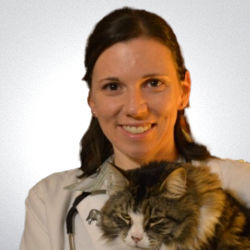



Be the first to comment